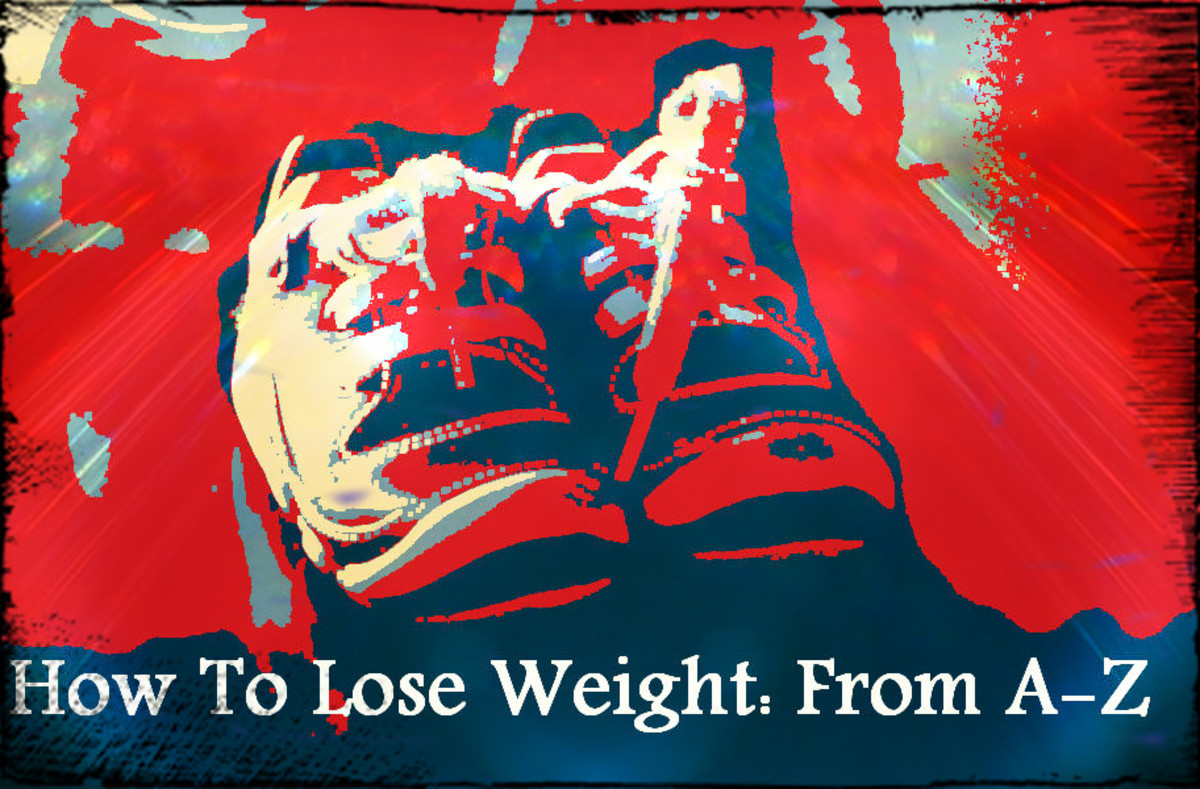Lose Weight and Stay Fit the Natural Way by Walking
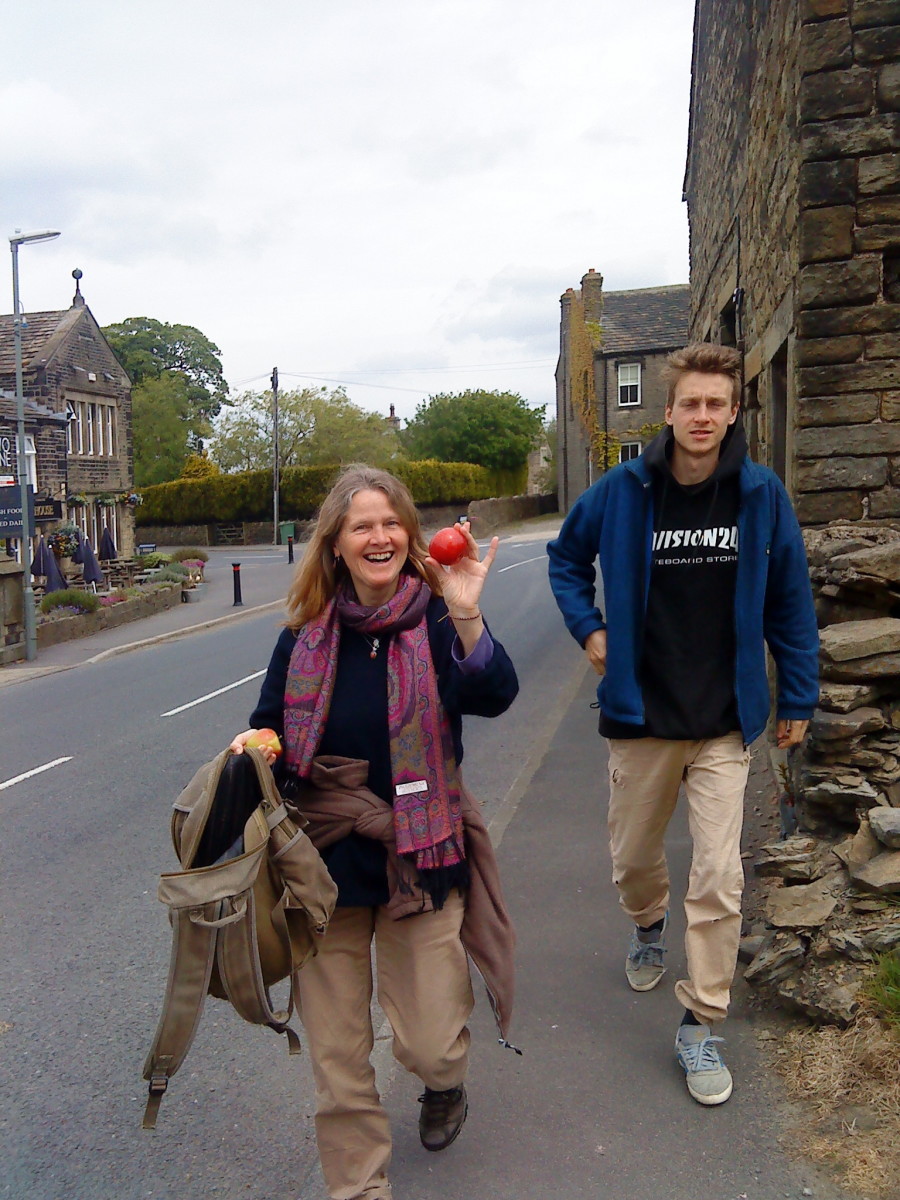
Lose Weight By Walking
With walking as part of a fitness and diet regime you can lose weight and stay fit at the same time. It costs next to nothing, helps promote longevity and is a guaranteed no stress exercise. This article will give advice and guidance on using walking and other exercises to enable those struggling with weight to take control of their destiny.
In addition there is common sense applied to diet and food. At last! How many crazy diets are there on the market? Too many you might say. For example, there's the banana diet which involves eating dozens of bananas. There's the raw food diet which does have its advantages but tends to lack a protein base. And causes bloating. The green vegetable and fruit juice diet is great if you want to boost your mineral intake but isn't that satisfying on the palate.
Many of these diets don't take into account the fact that we need taste, texture, colour and nourishment when we sit down to a meal. We still need good, sensible food if we're to stay happy!!
I’m not following any book, fad, programme or ‘name’. I’m doing this naturally because I know that has to be the best way. And it will work! As always, the main aim is to lose weight whilst staying fit.
Think about your first meal of the day - breakfast. It's vitally important. To help you get off to a great start I've compiled 50 recipes for low calorie filling breakfasts if you're stuck for ideas.
_________________________________________________________________
Up to 100 calories can be burnt off with a 1 mile walk. Do that seven times a week and the numbers soon add up. It's that easy. Or is it?
- Yes. It's a basic fact. Walk and your body will naturally shed calories.
- Don't forget that carbohydrates (sugars) burn off first, then the fats, then the proteins. You need to get to the fatty tissue!! This means walking a little further each day for best results.
- Make sure you don't go eating a 300 calorie chocolate bar each time you step out the door for your walk!
And your diet? The realistic approach is to personalise your diet, make it your own, and take sure but small steps to losing weight. After all, you are unique. If you individualise the diet you will gain ownership of it.
This doesn’t mean you can’t seek support whilst cutting down your intake but it does mean the emphasis will be on you to carry it through to the end.
If you read the calorie section later on you'll see that it's possible to burn off calories slowly to start with - to get your body and mind used to a new regime - then to increase burn off rate as you become more confident.
______________________________________________
Find Time to Walk at Work
Many of us work in offices and find that, once sat down at the computer screen or desk there's a good chance that we won't be moving for hours at a time. Recent research has shown that the majority of office workers, 50-60%, do not walk during a working day. The only walking they'll do is to the bathroom/toilet! Many don't even go out to lunch but prefer to sit at their desk or table and eat, so heavy is their work schedule.
I believe that workers should walk for 20-30 minutes a day at least.
Steps Towards Weight Loss
Week 1 - Change Your Breakfast Intake ONLY. Keep every other meal and snack the same. Walk 10-15 minutes after breakfast, lunch and dinner if possible.
Weigh yourself. Write the weight down on a piece of paper and pin it next to the lists.
- Breakfast. Eat the same food you normally do but lower the amount. For example: you eat 2 eggs, a bowl of cereal and 2 pieces of buttered toast most mornings. You use full milk and often drink three cups of coffee.
- Scale it down. You don’t have to be scientific but you should be smart and subtle. Measure the amount of cereal you usually put into the bowl. Let’s say it’s 10 table spoonsful. Lower it to 8.
- Use semi skimmed or low fat milk. Pour on the same amount.
- If you use a teaspoonful of sugar, cut this in half.
- Only drink two coffees.
- Eat 2 pieces of buttered toast, as normal.
- Eat 1 egg.
- At the end of the week do not weigh yourself.
This is the start of a systematic reduction of calorie intake.
· Week 2 - Maintain new breakfast intake, change lunch, keep dinner/supper the same. Walk 20-25 minutes after breakfast, lunch and dinner.
Weigh yourself. Write it down and pin it next to week 1.
- Maintain your new breakfast diet.
- If you have a drink and a cookie mid morning keep this up.
- Lunch. Eat the same food you normally do but lower the amount. For example you eat two meat and salad sandwiches, a yoghurt, a coffee, a bar of chocolate and an orange juice.
- Scale it down like you did for breakfast. The idea is to half the amount of any ‘main course’ element of your lunch. So you’ll eat one sandwich. If it’s soup and buttered bread cut down on the bread.
- Eat the yoghurt, drink the coffee and juice.
- Half the bar of chocolate. Save it for later or offer it to a friend.
- Do not weigh yourself at the end of the week.
This is the second phase of your diet. You’ve cut breakfast and lunch down to common sense amounts. Try not to be too obsessed with your weight at this early stage. If you have lost a few pounds then great, if not don’t be deterred. What you are doing is taking control over your intake. This is far more important at this point.
You’ll have noticed how a gradual approach helps reduce psychological and emotional stress.
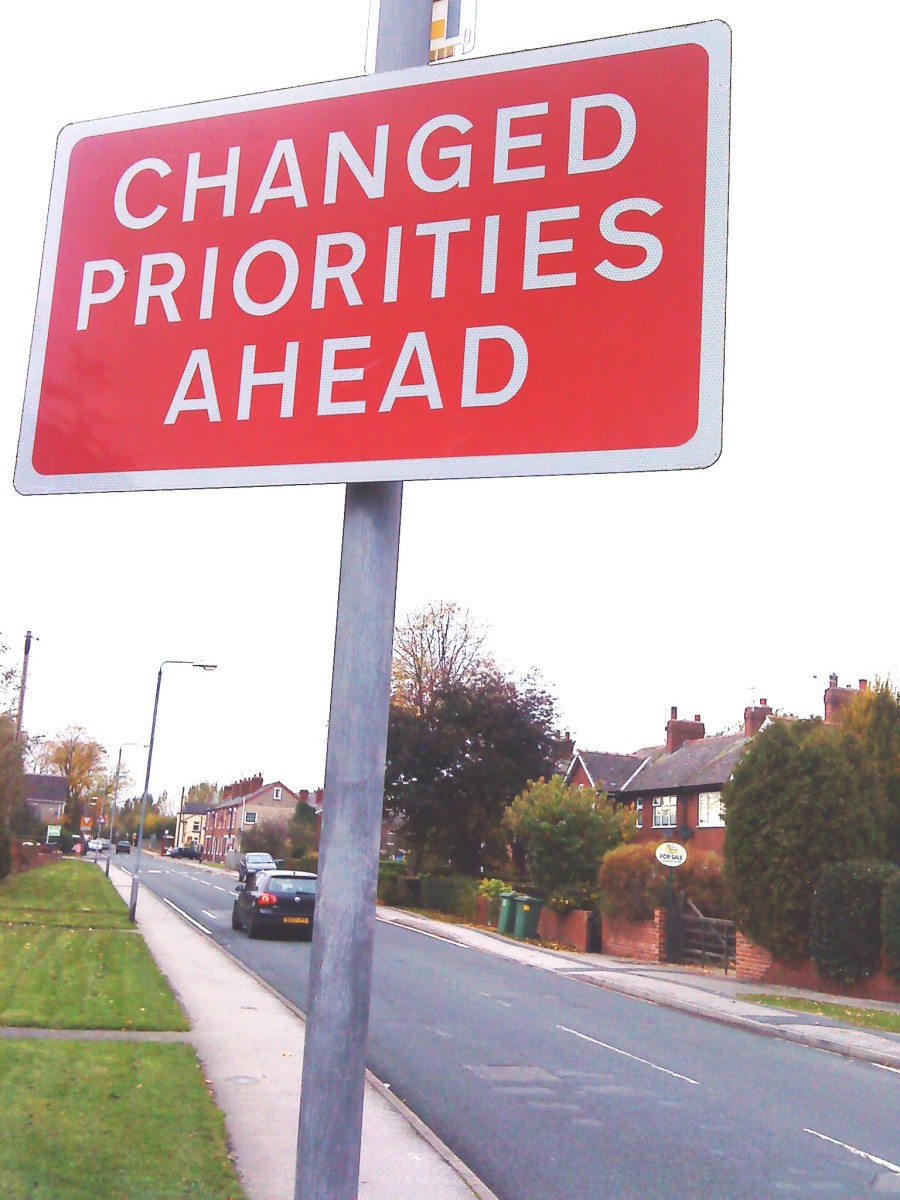
Week 3 - maintain new breakfast and lunch regime, change dinner. Walk 30-35 minutes after breakfast, lunch and dinner.
- · Weigh yourself. Write it down and pin it next to week 2.
- Maintain both new diet breakfast and lunch.
- · If you have a juice break or fruit snack in the afternoon keep this up.
- · Dinner. Eat the same food you normally do but lower the amount. For example you eat a starter then pasta, meat&sauce, cheese topping, green vegetables and salad. You often have a fruit pudding or sweet cake washed down with a couple of regular glasses of red wine.
- · Keep the starter.
- · Think about the pasta. If you have 10 spoonfuls cut back by 3. The meat sauce can be reduced proportionally. If you love vegetables stay with your normal amounts. Cut down on the cheese topping, or use low fat cheese. Keep the normal sized salad.
- · Half the desert.
- · Drink the same amount of wine.
-
· At the end of this week do not weigh yourself.
You have now reduced the amounts you consume at breakfast, lunch and dinner. After 3 weeks you may not have become a super slim model, but you'll have definitely reduced the fat and carbohydrate intake without undermining your health. More importantly, you'll have given yourself a solid platform on which to build going forward.
_____________________________________________
·
Week 4 - maintain the new regimes for breakfast, lunch and dinner. Walk 35-45 minutes after these meals.
- · Weigh yourself. Write it down and pin it next to Week 3.
- It is important not to alter your exercise regime during this time. Drink the same amounts as you normally do. The idea is to concentrate on the food for the first month. Knowing that you are in control of the food, and not the food in control of you, is pivotal empowerment!
Weeks 5-8 are consolidating weeks. You can follow the same basic plan but with a few tweaks here and there. Focus on your energy levels and adjust amounts at meal times accordingly if needs be. All things being equal you will lose weight in the first 4-6 weeks and this should spur you on to lose more. Have a close friend or family member weigh you and set yourself realistic weekly targets.
After a few months your weight will ‘plateau’ and stabilize. If you feel comfortable with it maintain the diet. If not then look towards further reductions in amounts or types of foods. Keep a common sense balance between what you eat, when you eat it.
_____________________________________________
Weeks 8 - 12. Concentrate on reducing the amount of fats you eat, animal fats especially. Consider eating more raw food, different kinds of protein and fruit and vegetable juices. Nuts are a useful source of fat and protein but don't overdo it.
Chocolate and cheese, fatty cakes and the like should be eaten in moderation, and always before lunch so you have time to burn them off.
If you need to lose excess fat in specific places eg around the tummy and hips, then tailor your exercises accordingly. Sit ups, toe touches and star jumps are great warm ups and will loosen you in readiness for a walk,jog or cycle.
________________________________________________
Walking and Weight Loss
When you think about it, walking is the most natural of activities. Each time you walk you are promoting natural health and using up calories. Your body will get stronger and yes, you will lose weight if you challenge yourself and commit to walking each and every day.
You can think about increasing exercise time and intensity after say, 8 weeks, to help you forget about flab. Join a yoga club, go for longer walks, exercise more intensely. Joining a gym can be expensive and may not get you where you want to be. Walking, hill climbing, swimming, light jogging, cycling and indoor exercises can all be of benefit. And are virtually cost free!
Incentivise your time by creating days of ‘treats’, luxury meals and special recipes.
Adjust your lifestyle to fit your new regime if possible, and get the family involved in as many ways as you can.
- Don’t ever fail to consult a dietician or a doctor if you are genuinely worried about your weight and health.
The Sugar Hunger Cycle
There's something very important I must mention. It's known as the Sugar Hunger Cycle.
We're surrounded by sugar and carbohydrates most of our lives. Sugar in itself is ok but when we consume too much...oh,oh..trouble!! In many societies today this is becoming a real problem.
We're really not built to eat, eat and eat sugars and junk food and high carb snacks on and on past the body's limits without consequences happening.
After a high carbohydrate meal the blood sugar goes up. The body deals with this most of the time, thanks to insulin and other chemicals that work to keep these levels safe. But when the carbs pile up the extra glucose has to be stored as...FAT.
The more sugary carbs you eat the more fat is stored, the more hungry you become the more sugary carbs you crave. And the sugar hunger cycle starts to work, day after day, piling up the fat.
If you don't exercise to burn off this fat...YOU will GET FATTER.
You have to break this cycle and start to think about proteins and fats as foods that will prevent you feeling hungry for sugars. Lean meats and other mildly fatty food will keep you feeling full as part of a balanced diet.
Walking for a half hour after eating each day will help your body attune to the idea of losing calories the natural way.
_______________________________________________________
Losing kilograms or pounds won’t happen overnight but once you change dieting habits for good, the weight will not return. If you need to lose a few pounds and want to maintain a healthy weight, there are immediate steps you can take by cutting out 10% of carbohydrates for 14 days but it means you’ll have to use sound principles in your approach.
Weight Loss : The Basics.
There are all kinds of reasons for wanting to lose weight. You may be feeling unhealthy through lack of exercise, or have slightly overindulged these past few weeks, months or years; you may want to go on a trekking holiday, or you simply want to get back into reasonable shape.
You could follow any one of thousands of crash diets; choose one out of the dozens of celebrity diets. But think about those two words- crash and celebrity. You fear one and idolise the other. Reason tells you to leave well alone.
- The best way to lose weight is to do it gradually, naturally and with the emphasis on no stress. If you keep to the plan outlined later on in this article you should succeed in your goal and, more importantly, stay safe whilst doing so.
_____________________________________________________
Warning - Don't starve yourself
If you suddenly stop eating, your body will change its thinking. It could go into a kind of starvation mode!!
This means it'll start storing fat ready for the famine it envisages and your metabolism will plunge. Plus your organs will change the way they function.
You may get the shakes and feel weak and unsteady.
All these things happen because your body is intelligent and needs respect. So be careful of quick fixes and 'starve yourself' diets. They often lead nowhere.
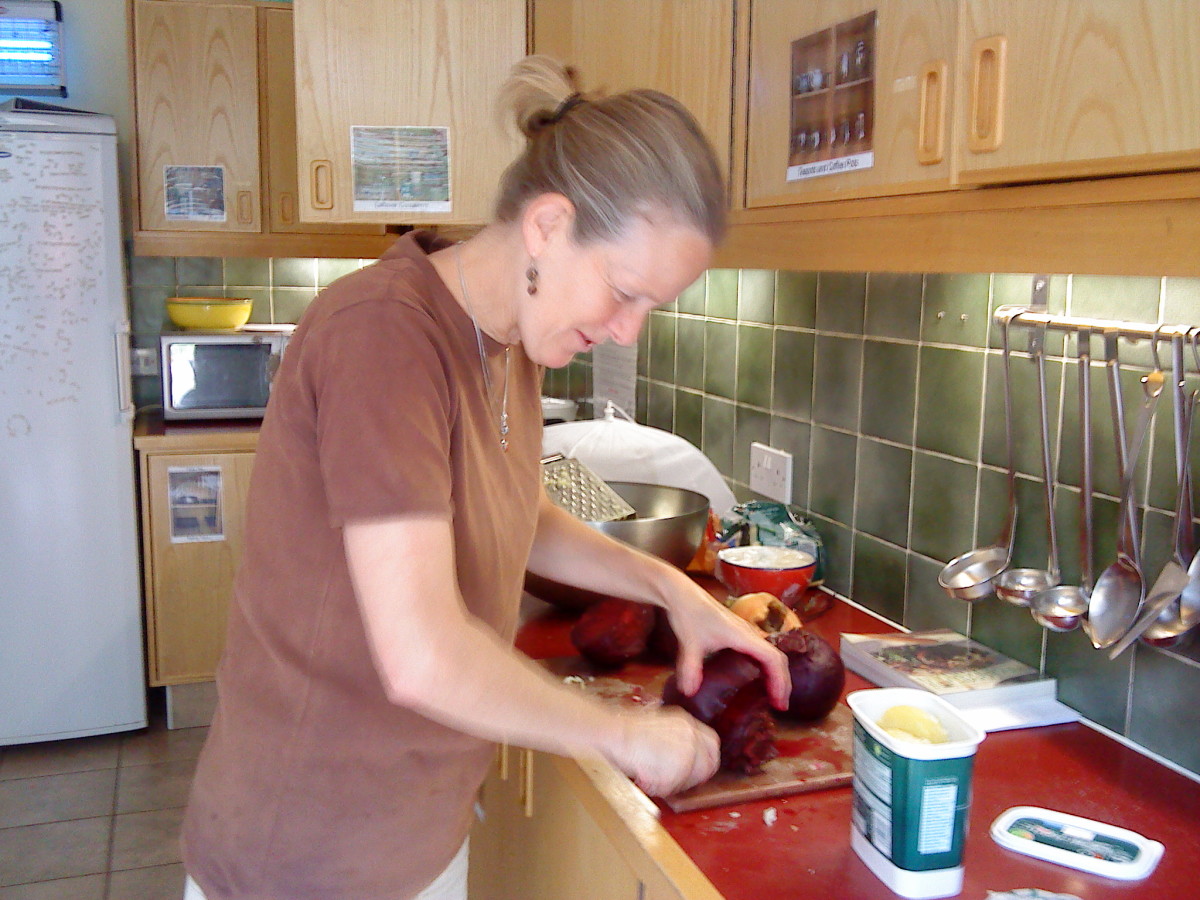
Water Weight
Water is a great cleanser. It will help keep your cells healthy and stop dehydration. But be careful how much you drink in one go! Take sips at regular intervals rather than gulping down gallons! 'Water weight' is burnt off quite quickly if you exercise on a regular basis.
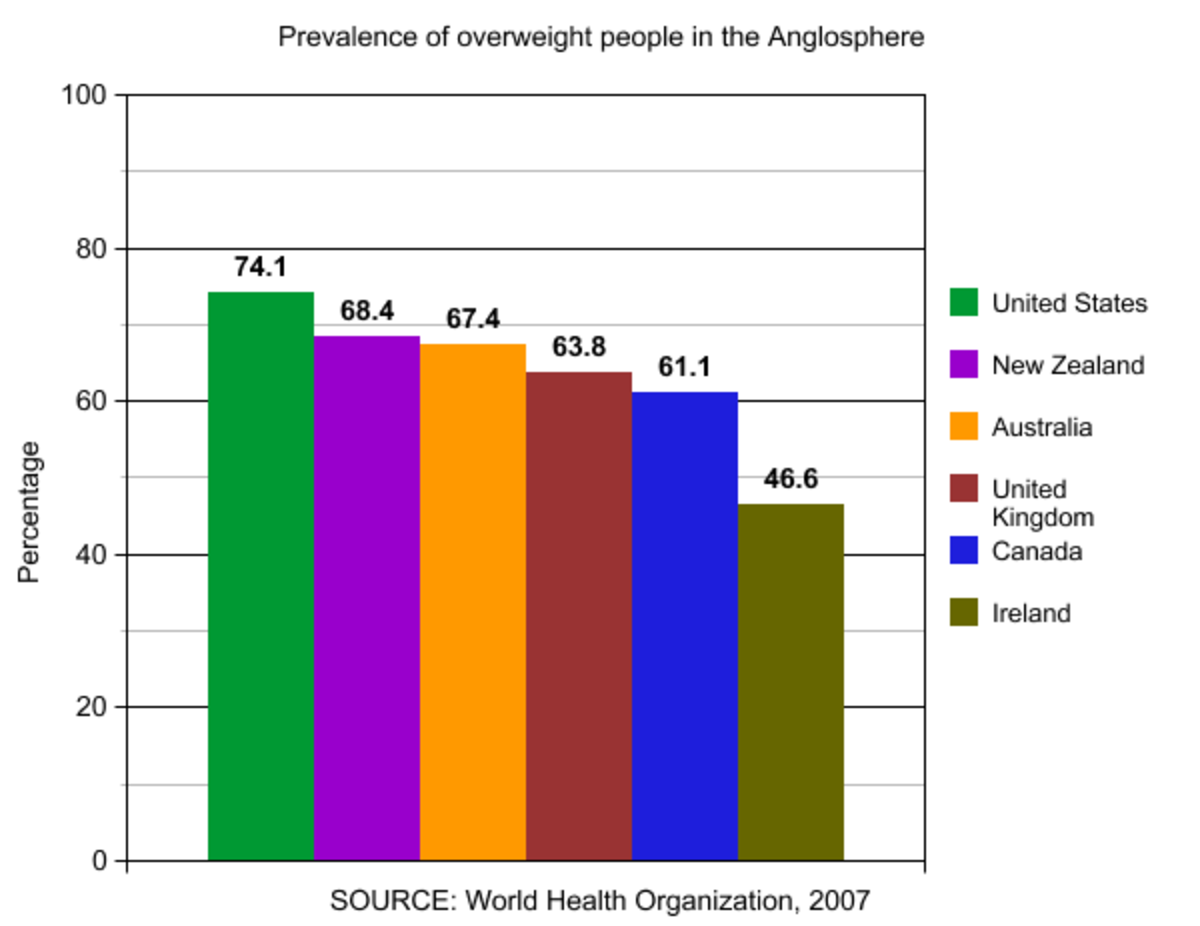
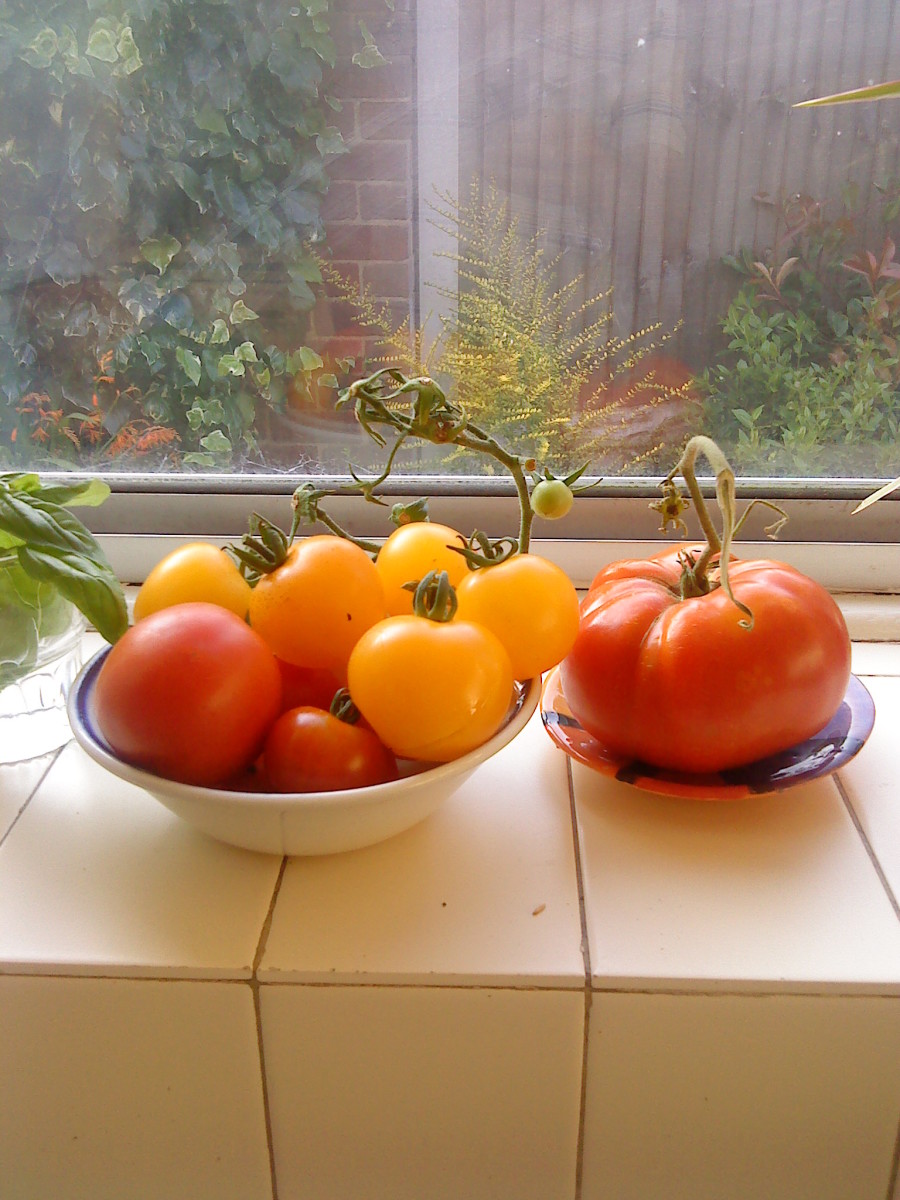
Important Things To Remember
- · If you eat large portions at late dinners or close to bedtime you will naturally tend to put on more weight.
- · Emotional/psychological issues may impact on your regime.
- · Snacking on high calorie food could undermine your regime.
- · Tiredness could mean you end up sitting or lying down for long stretches of time.
- · Seasonal weather patterns can affect the rate of weight loss.
________________________________________________________________
Protein Drinks
Handle with care! Protein drinks tend to have a lot of calories. You can overdo it! The best way to use them is for muscle rebuild after work outs. Some people drink a quarter before exercising, three quarters when they finish. Adjust amounts to suit the intensity of the work out.
Dieting should not be a drastic all-in-a-couple-of-days kind of experience, nor should it be a blind cut out of fats and carbohydrates all at once type of thing. It should be a relaxed and manageable affair.
Illness could ensue if you don’t give your body time to realise that lower levels of proteins, fats and sugars are coming its way.
___________________________________________________________
Your Food Intake
There are two things I want to emphasise.
1. First thing is - you need to stop what you’re doing and think about what you last had to eat and drink. Then take another minute and write it down. You need to get an accurate picture of how much you eat and when. Try to be true to yourself and list all the pasta, fried potatoes, chocolate, bread, cake and biscuits that were on the table when you last sat down for a meal! Oh and don’t forget the milk shakes, candies and puddings,beers,cokes and juices.
Keep this up for a week until you have a complete list for each of the 7 days. Include snacks, every little thing you eat. Quite a list eh?
Now spend a few more minutes going through the lists. Monday to Sunday. Meal by meal. Pin them up somewhere prominent and don’t lose sight of them .
You are going to start to reduce your carbohydrate intake and work on shedding those extra layers you don’t need.
_______________________________________________________
2. Measurements - One of the best ways to standardize your intake is to use the same size serving spoons. Use a same size spoon for measuring out food such as rice, or pasta, stews and soups. Vegetable helpings can also be dished out with a same size spoon.
Meat can be weighed before cooking. Sausages, fish fingers, chicken nuggets and so on can be easily counted.
Deserts can be weighed if necessary. Cookies, biscuits, bars and cakes again can be counted.
Get a friend or family member to help you and give you moral support. At this stage you are not going to get confused or tangled up in the exact number of calories each food may or may not contain.
Common sense should tell you that, if you reduce the amounts of the same foods, you will ipso facto reduce the calorific content. End of story.
____________________________________________________
To make sure you lose weight you'll need to keep physically fit. Maintain your exercise levels! If you go for a short walk every evening, keep it up. If you like to run, run the same distance. Alter nothing at this stage.
Calories - The Rise and Fall
A fried egg has approximately 100 calories. A boiled egg only 75.
A tuna mayonnaise baguette has 500 calories. A chicken salad sandwich 257.
An avocado has 275 calories. An orange only 59.
A quarter pounder with cheese has 515 calories. Egg fried rice 250 calories.
One pound of fatty tissue = approx 3375 calories. To lose a pound you'll need to burn off the same amount of calories.
If you walk a mile at a decent pace you'll burn off between 70 - 110 calories.
This rate of burn off will change with speed, distance and environmental factors such as temperature and type of clothing.
_______________________________________________________
Calories - How Many Each Day?
The average healthy male needs - 2500 each day.
The average healthy female needs - 1900 each day.
These amounts can differ for each individual depending on age, job, weight, lifestyle, metabolism and mobility.
To Binge or Not To Binge?
You may want to go out for a special celebration meal some day but what do you do if you're following this small steps guide? The answer lies within you. Learn to listen to your body. There's no way you should miss going out with friends and family but be wise and moderate your intake. Give yourself a cut off time and stick to it. No more food after 8.30pm, only a drink?
It's better to help your body learn to handle sensible amounts of food each day, rather than binge one day and have little the next.
The Mediterranean Diet
Images
All photographs by chef-de-jour unless otherwise stated.

copyright chef-de-jour@Hubpages
Help stop plagiarism. Please contact the author if you suspect this article has been stolen.
© 2013 Andrew Spacey




